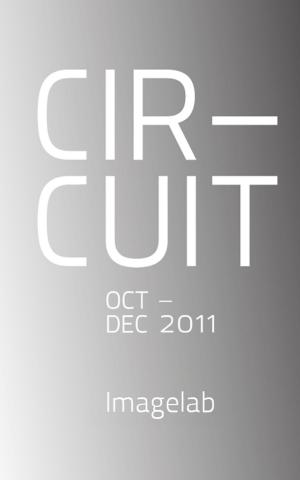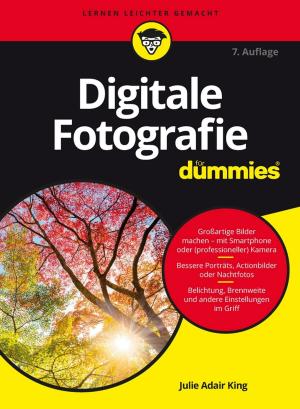The city as interface
how digital media are changing the city
Nonfiction, Art & Architecture, Architecture| Author: | Martijn de Waal | ISBN: | 9789462080768 |
| Publisher: | nai010 uitgevers/publishers | Publication: | February 28, 2014 |
| Imprint: | Language: | English |
| Author: | Martijn de Waal |
| ISBN: | 9789462080768 |
| Publisher: | nai010 uitgevers/publishers |
| Publication: | February 28, 2014 |
| Imprint: | |
| Language: | English |
Digital and mobile media play an increasingly important role in everyday urban life. They are changing the way urban life takes shape and how we experience our built environment. This seems a mainly practical matter: thanks to these technologies we can organize our lives more conveniently. But the rise of these `urban media also presents us with an important philosophical issue: What do they mean for how the city functions as a community? Employing detailed examples of new media uses as well as historical case studies, Martijn de Waal shows how new technologies, on one level, contribute to the further individualization and liberalization of urban society. There is an alternative future scenario, however, in which digital media construct a new definition of the urban public sphere. In the process they also breathe new life into the classical republican ideal of the city as an open, democratic `community of strangers. Martijn de Waal is assistant professor at the University of Amsterdam and co-founder of The Mobile City, a research group that investigates the influence of digital media technologies on urban life, and the implications for urban design.
Digital and mobile media play an increasingly important role in everyday urban life. They are changing the way urban life takes shape and how we experience our built environment. This seems a mainly practical matter: thanks to these technologies we can organize our lives more conveniently. But the rise of these `urban media also presents us with an important philosophical issue: What do they mean for how the city functions as a community? Employing detailed examples of new media uses as well as historical case studies, Martijn de Waal shows how new technologies, on one level, contribute to the further individualization and liberalization of urban society. There is an alternative future scenario, however, in which digital media construct a new definition of the urban public sphere. In the process they also breathe new life into the classical republican ideal of the city as an open, democratic `community of strangers. Martijn de Waal is assistant professor at the University of Amsterdam and co-founder of The Mobile City, a research group that investigates the influence of digital media technologies on urban life, and the implications for urban design.















